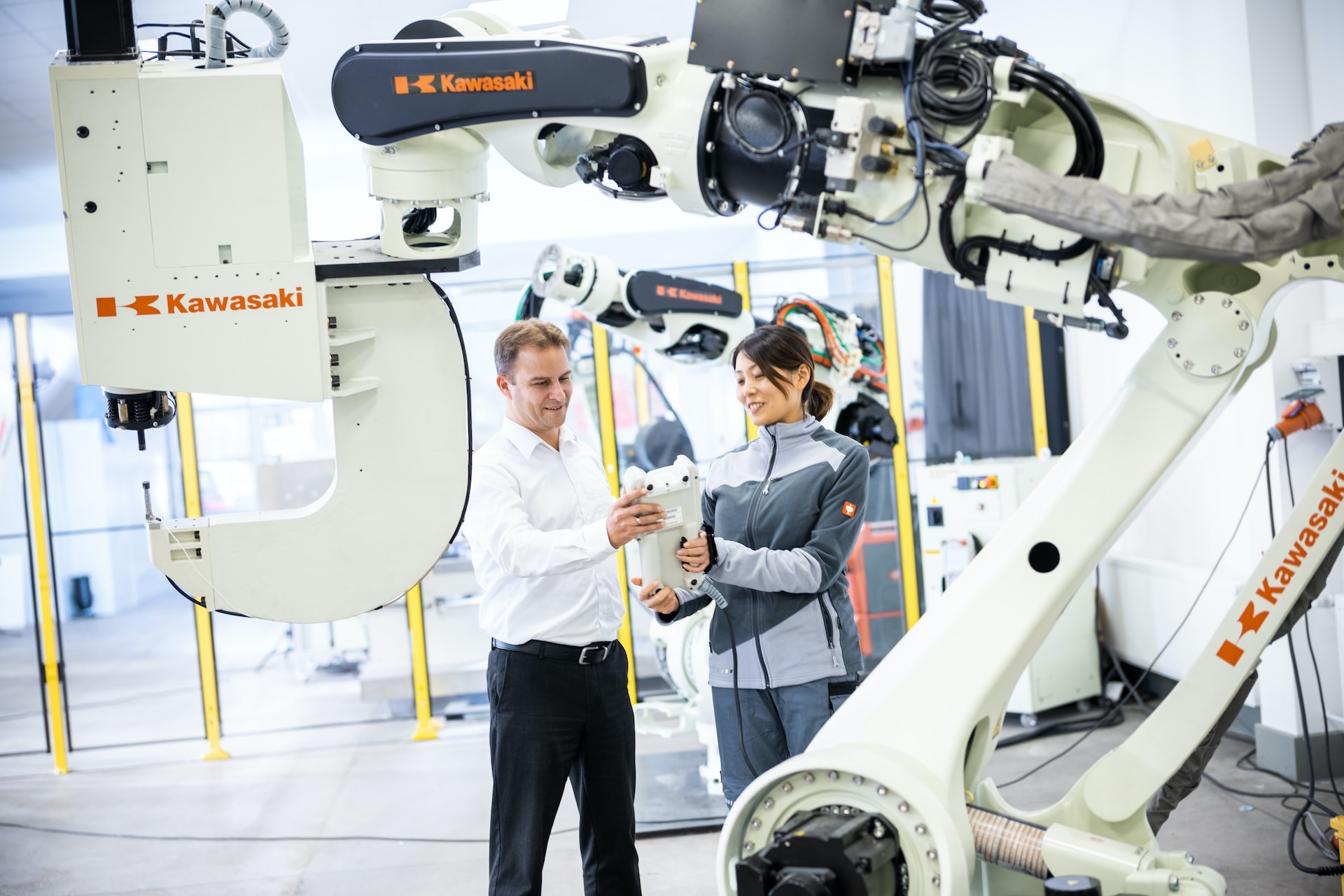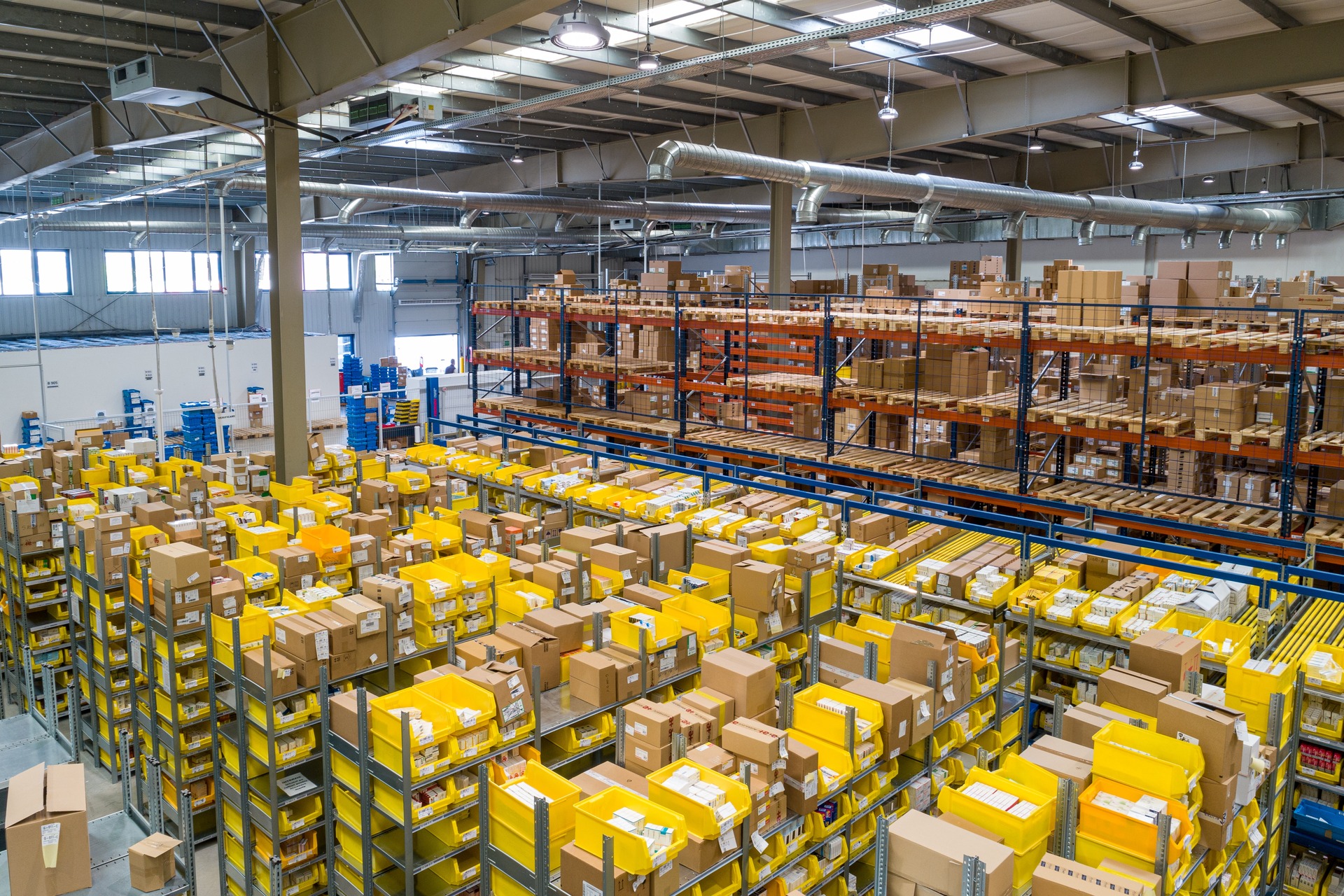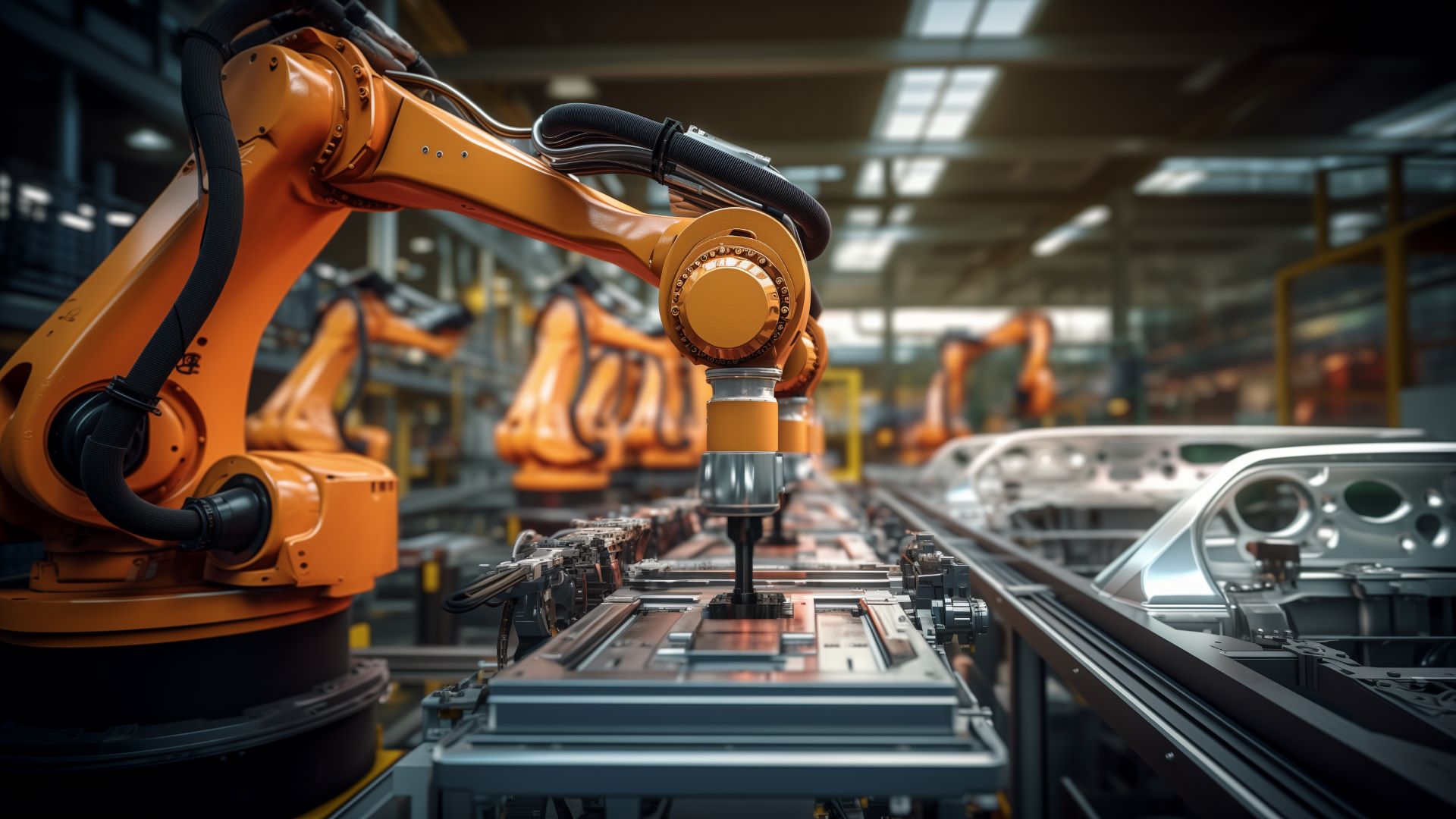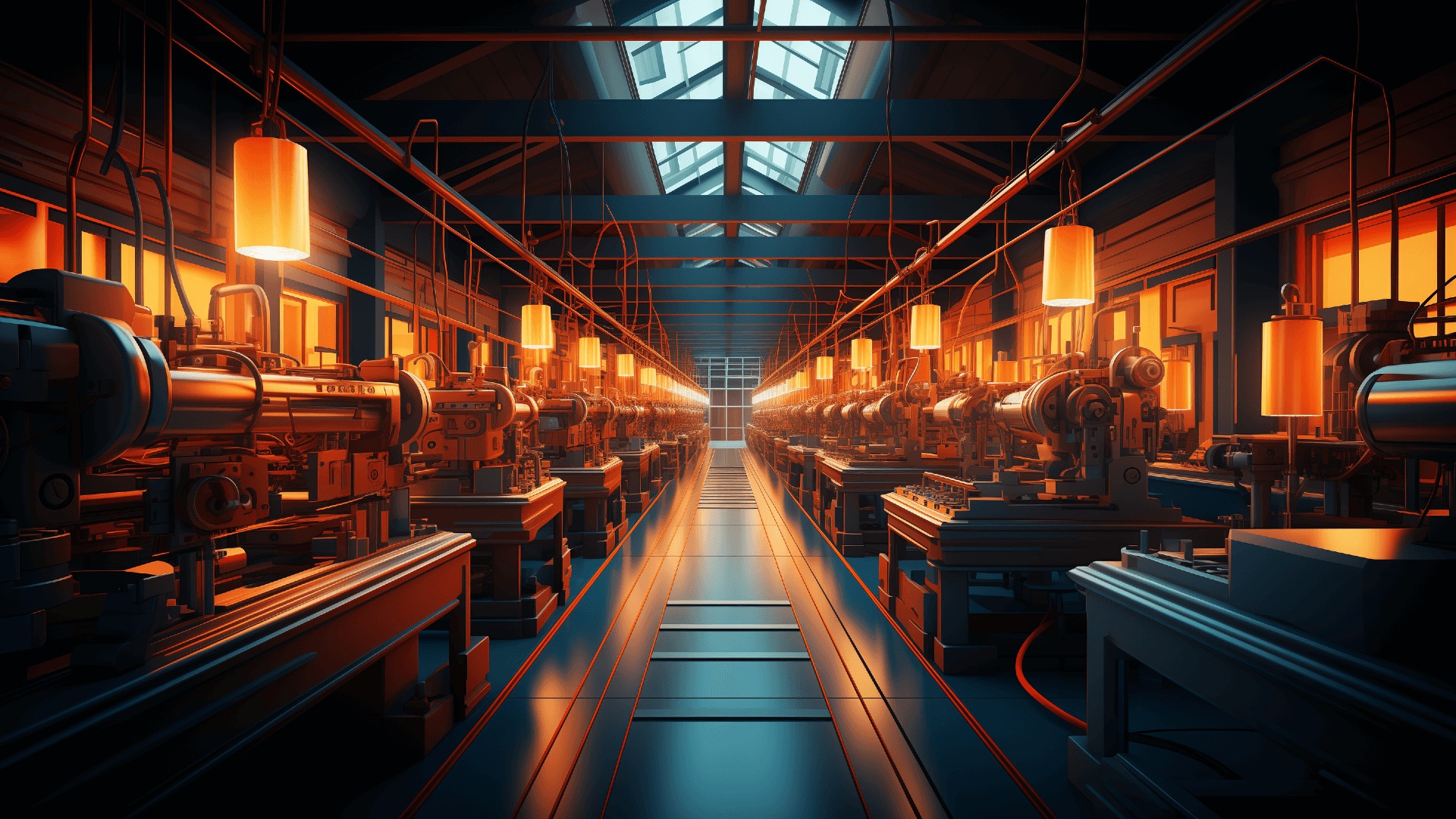
What You Need to Know About Smart Manufacturing & the Smart Factory
January 25, 2018 - Emily Newton
Revolutionized is reader-supported. When you buy through links on our site, we may earn an affiliate commision. Learn more here.
It seems like all our technology got smart at once, and nearly overnight. Chances are good you’ve already got a smartphone in your pocket, and possibly even a smart television hanging on your wall. But some of the ways in which smart technologies enhance and improve our way of life aren’t quite as obvious. In fact, you might never see some of them unless you oversee, or plan to tour, a state-of-the-art smart factory.
It’s true — smart technology has even come to manufacturing. But what sort of technologies are we even talking about here? What problems and needs are driving these changes? And how could implementing these technologies bring about new ways of thinking about inventory and resource management, production timelines and much more? Keep reading for the full scoop.
Key Smart Manufacturing Technologies in Factories
Prescience — that is, the ability to react in advance to anticipated events or changes — is one of the most critical advantages of turning to smart manufacturing in our factories.
But it goes beyond predicting future needs and trends. Smart technologies help us write our own future and plot product research, development, manufacturing and distribution — sometimes all at once and well in advance. The result gives us a kind of bird’s-eye view of everything that goes on in our factories and the wider manufacturing world. Helmuth Ludwig, CEO of Siemens Industry in North America, described it perhaps most succinctly:
“…[T]he real manufacturing world is converging with the digital manufacturing world to enable organizations to digitally plan and project the entire lifecycle of products and production facilities.”
That probably still sounds a little hypothetical, so let’s get into some of the details with a look at the three key components of the next-generation technology making its way onto production floors all across the world.
1. Product Lifecycle Management
Product lifecycle management, or PLM, refers to a broad type of technology that is quickly changing how we produce nearly everything. But PLM doesn’t just help us make more products — it helps us make better products. How long does it take for a particular product to wear out? How long did it take to research, design and manufacture that product? Where is the most ideal balance between product longevity and cost-effectiveness?
PLM technologies help companies collect data about product development and the products themselves. You can probably imagine the degree of interaction necessary between the software and hardware teams at a plant that produces consumer electronics, for example. PLM technologies help reduce the time required for that kind of collaboration. Each of the teams working separately on a single product might collaborate using graphical user interfaces and platforms not possible in earlier, less advanced facilities.
Smart factories are planning from day one for scalability, too, as their product development needs change and as they restructure as needed for additional personnel. That means a robust Intranet to make the above-mentioned collaboration features of PLM more accessible to all relevant parties and to hedge against future growth.
2. Manufacturing Execution Systems
Again, we kick things off with a broad descriptor for a wide range of important tools and technologies. To begin with, tomorrow’s smart factory will have better “eyes” and “ears” than ever before.
Manufacturing execution systems, or MES, might include sensors and other data-collection devices on manufacturing floors, fleets of vans or delivery trucks. Think of what becomes possible when sales representatives can report back to home base, from the road, about their inventory levels. From there, that data changes hands quickly and helps ramp production back up to meet anticipated demand.
And think, too, about machines that keep track of preventive maintenance needs, routine servicing and even parts that wear down quickly, and then send notifications to the relevant parties. Prepare to leave a lot of your guesswork at the door. This degree of connectivity and data collection was never possible before smart technology. In fact, in a report from General Electric, the company recognized the industrial Internet as a potential $10 to $15 trillion boon to the world economy.
“The full potential of the industrial Internet will be felt when the three primary digital elements — intelligent devices, intelligent systems and intelligent automation — fully merge with the physical machines, facilities, fleets and networks,” reads the GE report. “When this occurs, the benefits of enhanced productivity, lower costs and reduced waste will propagate through the entire industrial economy.”
In other words, for these great new worlds of manufacturing possibilities to open to us, the worlds of mechanical and digital technologies will have to merge in brand-new ways. It’s already begun, of course, which leads us to the third and final branch of major smart factory technology.
3. Industrial Automation
The future of the American worker is to have no workers at all — or, more accurately, no more than strictly necessary. What we described above is how technology will merge with human intuition to provide new ways to measure the world around us, collect data about our processes, share that data with others inside and outside our organization, dream bigger dreams and then, ultimately, build those dreams.
But industrial automation doesn’t automate the thinking — it automates the labor. The result of most major technologies is that less human labor is necessary for production with each passing generation. It goes without saying, too, that as you phase out humans, you also phase out a lot of potential vectors for error.
It would be wrong to attempt to minimize the disruptive influence industrial automation will have on the world as we know it, but the opportunities are too great to pass up. Automated manufacturing can improve resource management and reduce risk more capably than human beings can. Automated machines can also work almost tirelessly to meet demand. Additionally, with few exceptions, the maintenance required by a die-cutting machine is far more affordable than the maintenance required by a trained human artisan.
And consider the sensors we talked about earlier, deployed here to help self-guided material handling equipment and vehicles do far more efficient work than perhaps a dozen human laborers might be able to manage — and all without putting flesh and blood in harm’s way.
The point is, the brightest possible future for manufacturing is one where there are far fewer people involved than today. It doesn’t necessarily mean sweeping job losses, but it does mean we’ll need to reevaluate how — and how quickly — we train the skilled and semi-skilled workers these automated and semi-automated industrial machines will require.
Reap the Benefits of Smart Manufacturing and Smart Factory Infrastructure
It might sound like a lot of complicated moving parts, or like technology for technology’s sake, but nothing could be further from the truth. The benefits of exploring smart manufacturing, and investing in smart infrastructure for factories, comes with several significant benefits. Perhaps the most important is the “flattening” of company structure.
There used to be a lot of stops and starts before some critical piece of information made its way from the shop floor to the C-suite. But now, nearly everybody in the organization can make more informed choices than ever before.
Consequently, will it be too long before we’re all executives? As we speak, 3D printing, or additive manufacturing, is bringing seriously advanced building capabilities to our basements and hobby rooms. If the rate of technological advancement in manufacturing keeps up this pace, we’ll soon be looking at a future without a factory floor at all, where folks trade notes and schematics on the Internet and then build home furnishings and spare parts for their lawnmowers right at home.
The point is, there isn’t one single device or technology implementation that signals the arrival of the future — or, in our case, the advent of the smart factory. Instead, it’s a slow groundswell that has seen the combination of existing and very dissimilar technologies, both mechanical and digital, into something we’ve never seen before. Let’s go make the most of it.
Revolutionized is reader-supported. When you buy through links on our site, we may earn an affiliate commision. Learn more here.
Author
Emily Newton
Emily Newton is a technology and industrial journalist and the Editor in Chief of Revolutionized. She manages the sites publishing schedule, SEO optimization and content strategy. Emily enjoys writing and researching articles about how technology is changing every industry. When she isn't working, Emily enjoys playing video games or curling up with a good book.





very helpful blog post i like it thank you very much.